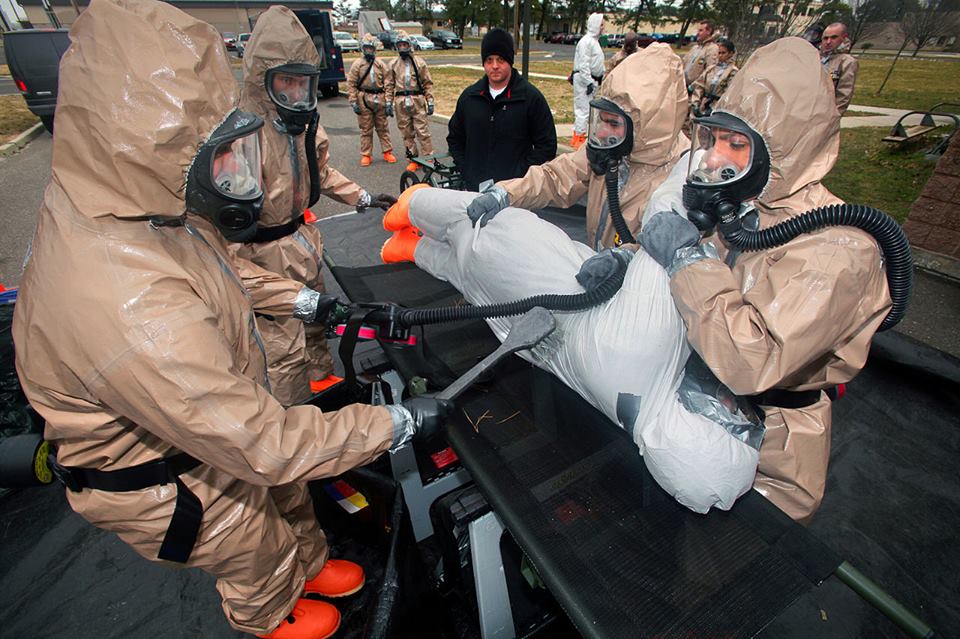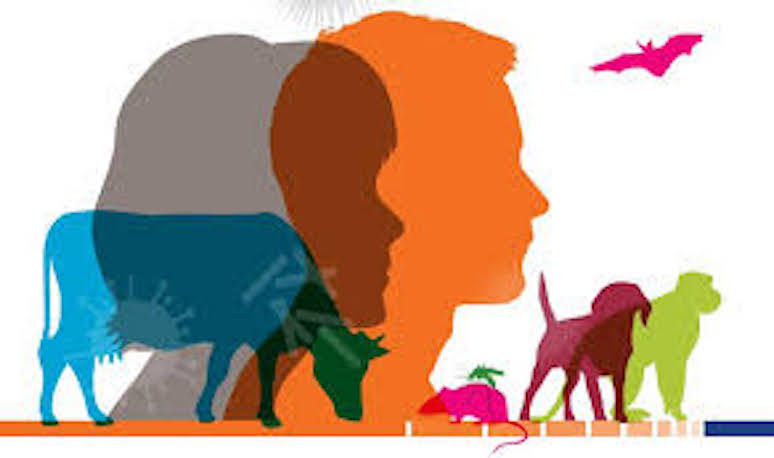Author: Dr. Ronald St. John
Throughout history there have been outbreaks of infectious diseases. The well-known plague epidemic (Black Death) was a devastating global epidemic of bubonic plague that struck Europe and Asia in the mid-1300s, wiping out an estimated one-third of the population. Disease outbreaks, when large in scope, have been referred to as epidemics. More recently, epidemics that have involved or might involve the global population have been labelled as pandemics.
When does an epidemic become a pandemic? There is no single accepted definition of the term pandemic (ref: Journal of Infectious Diseases, Vol. 200:7, 1 October 2009). Some considerations for labelling an outbreak as a pandemic include outbreaks of diseases:
- that extend over large geographic areas, e.g., influenza, HIV/AIDS
- that have high attack rates and explosiveness, e.g., common-source acquisition and highly contagious diseases with short incubation periods
- that affect populations with minimal population immunity
- that involve a new or novel version of an infectious agent – the term pandemic has been used most commonly to describe diseases that are new, or at least associated with novel variants of existing organisms, e.g., influenza.
- that are highly contagious. Many, if not most, infectious diseases considered to be pandemic by public health officials are contagious from person to person
- that have severe health consequences. The term pandemic has been applied to severe or fatal diseases
For purposes of this paper, a pandemic is an epidemic occurring worldwide, or over a very wide area, crossing international boundaries and usually affecting a large number of people.(1)
[read more]
Why are pandemics inevitable?
The worst kinds of pathogens — ones with the highest mortality rates and limited countermeasures — are increasing due to population increases, population density, more global travel, and changing migratory and environmental patterns that result in encroachment upon animal and other populations.
- Population density – The world’s population is around 7,500,000,000 people.(2) Excluding Antarctica and considering only the Earth’s land area, population density is 55 people per km2 (over 142 per sq. mile). Around 55 percent of the world’s population is thought to be living in an urban area or city, with that figure set to rise to 68 percent over the coming decades, according to the “Population Division” report.(3)
- Rapid Population Movement — The International Air Transport Association (IATA) expects 7.2 billion passengers to travel in 2035, a near doubling of the 3.8 billion air travelers in 2016.(4)
- War/Insurgency – Syria and polio; Yemen and cholera
- Emergence of New/novel pathogen – mutation of known pathogen or exposure to novel pathogen, e.g., by human encroachment on deforested land
- Cultural resistance – risks of transmission and poor disease outcomes may be amplified by unfavourable behaviours, with reluctance to adopt prevention and risk mitigation strategies.
- Fear and resistance to intrusion of outsiders
- Government cover-up; concern for economic impacts
- The intensity and spread of infectious disease outbreaks are highly influenced by the social determinants of health. Poor housing, poverty, and lack of access to health care decrease resiliency to cope with communicable diseases, leading to more transmission and/or more morbidity and mortality.
Challenge
Until some of the basic conditions that favour the expansion of an epidemic to a pandemic are addressed, future pandemics are inevitable. Early detection and coupled with efficient and effective management of a rapid response to contain a disease outbreak at the local level will hopefully minimize the health impact on the global population.
However, much more attention is warranted. Many pandemics are zoonoses — diseases that can be transmitted to humans from animals. Influenza, tuberculosis, bubonic plague, and AIDS (Acquired Immune Deficiency Syndrome) are examples. In fact, today the most promising work on the spread of infectious diseases is being carried out by physicians specializing in epidemiology, veterinary and environmental medicine, working jointly as an inter-disciplinary approach called “One Health.” As wildlife habitats are destroyed to make room for human settlements, and as local climates change with global warming, there are new opportunities for zoonoses to spread. One Health researcher seek to identify these situations quickly, as they emerge worldwide.
In previous times, some virulent diseases had a self-limiting effect; infected people might die quickly -—before they had time to spread their pathogens widely. However, the ease of air travel now makes it possible for infected persons to spread a disease to other continents even before showing symptoms themselves. Thus, the risk of pandemics remains high, despite the spread of advanced medical technology.
Estimates about the probability of a virulent global pandemic are only guesses, but even the most ominous predictions cannot be dismissed. Bill Gates, who is allocating large funds to solving global health problems, sees pandemics as the greatest immediate threat to humanity. He warns that an influenza epidemic alone may kill over 30 million people in six months.(5) Another researcher, David Mannheim, predicts an even more dire possibility. Noting that it is more difficult than ever before to contain an epidemic through local quarantines, he argues that “the evolving nature of the risk means natural pandemics may pose a realistic threat to human civilization.(6).
References for this article can be seen at the Footnotes 3 page on this website (link will open in a new page).
[/read]
To Post a Comment
Please wait a few seconds for the comments to load at the bottom of this page. Then read the ideas other people have shared and reply or add your own knowledge. The space for comments is in a pale font. It’s good to give your comment a title by selecting it and clicking the “B” (for “boldface”). And you can italicize passages with the “I”, indent, add hyperlinks (with the chain symbol) or even attach a photo or graphic from your hard drive by clicking the paperclip at the right side of the space. Have fun with it!


